It’s Christmas time and despite the fact that it’s the season for giving, ‘tis also the season for taking. Instances of theft generally go up around this time of year as crooks look to cash in on all the new stuff that Santa has brought down the chimney.
There’s also not much worse of a feeling than when you have your smartphone stolen, especially when you have a lot of personal information on it. And, if you work in a field such as healthcare there can be other complications as well when it comes to regulations like HIPAA.
One way to better protect yourself from this sort of event is to encrypt your iPhone/iPad ahead of time and the good news is that this is not as difficult as you might thinkJ. Encryption is simply the process of safeguarding data so that it is stored in an unreadable format and can only be decrypted into a readable format by an authorized user. For iPhones and iPads, it’s pretty straightforward to do this.
If you have an iPhone 3GS or later and running i0S 3.0 and higher on your device (Apple is currently on i0S 8), encryption is native to the operating system and therefore local data on those devices is already encrypted.
The only gap is, are you actually ‘locking’ your phone when it’s not in use and are you using a passcode to unlock it? This is really the bridge between someone else being able to see your data. When the device is ‘locked’ and a passcode is in place, then all of your data resides in an encrypted format and can only be decrypted with the correct entry of the passcode.
So, let’s start with ‘Locking the Device’
The fastest way to lock your phone is to click the power button on the top of the iPhone/iPad once. You’ll hear a click and the device will now be locked. If you are working in a field such as healthcare or financial services, I would encourage you to get in the habit of doing this every time you put your phone down to ensure that it gets locked whenever it’s not in use.
The other thing you’ll want to do is to enable the ‘auto-lock’ feature. Auto-lock allows you to set a specified time before your device will lock itself. You’ll know when this happens because the screen turns off. You can check your auto-lock settings by going to the settings icon > general > auto-lock.
You’ll want to choose something other than ‘never’. The shorter the better; I keep mine set to 1 minute.
The next step is to set-up a ‘Passcode’.
If you don’t have a passcode enabled and your device is stolen, then all a thief has to do is swipe the screen to unlock it and they have full access to all of your data.
How to set-up your passcode:
1. Tap the settings icon.
2. Tap the passcode option. If you have an older phone (4’s and prior) you’ll click the ‘General’ tab to take you to where you can set your passcode.
With newer phones you’ll see a tab called ‘Touch ID & Passcode’ or just ‘Passcode’:
Once you are in the passcode menu, decide if you want to use a 4 digit PIN or an alphanumeric code. You can choose between the two by turning on or off the ‘Simple Passcode’ feature. Then, when you tap on ‘Turn Passcode On,’ it will walk you through setting up whichever you have chosen. An alphanumeric passcode is always going to be safer and harder to crack than a 4 digit PIN.
In addition to this, I would suggest these 2 options as well:
1. Require Passcode – this is the amount of time your phone waits, once the phone has been locked, before it requires you to enter your passcode. The shorter the time, the more secure. I would encourage you to set it to ‘immediately.’ That way as soon as you lock your phone (manually or automatically) then the passcode is required to access it.
2. Enable Erase Data feature – by enabling this feature the device will erase all data after 10 failed passcode attempts. The only catch here is to make sure that you remember your passcode – otherwise it will be your own fault if you erase all your data.
But what about my Android? Well stay posted because, despite not having one myself, I will look up the details for that device and will post it for my next tip.
For other great iPhone tips, see some of our previous posts on Selling Your Old iPhone and iOS8 – What’s New?



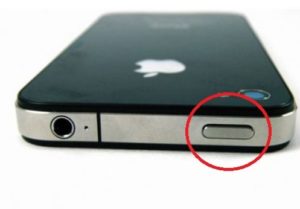
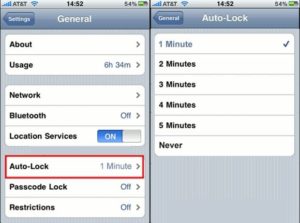
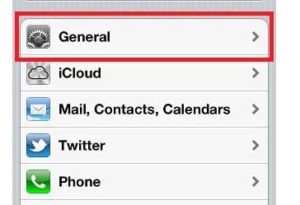
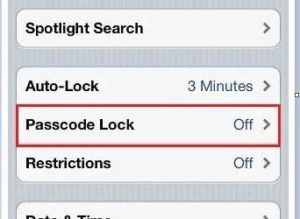
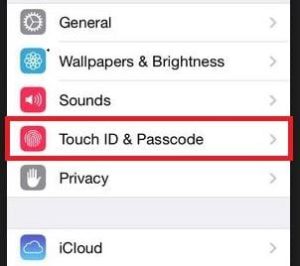
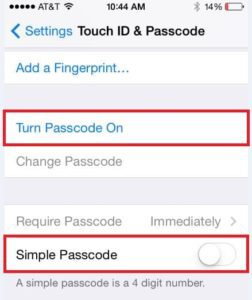
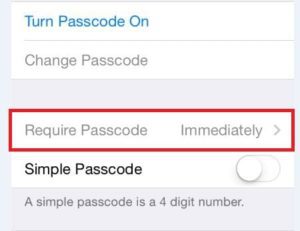
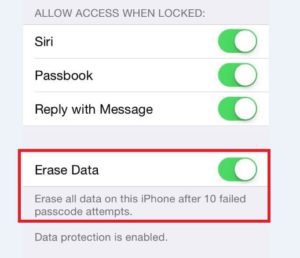

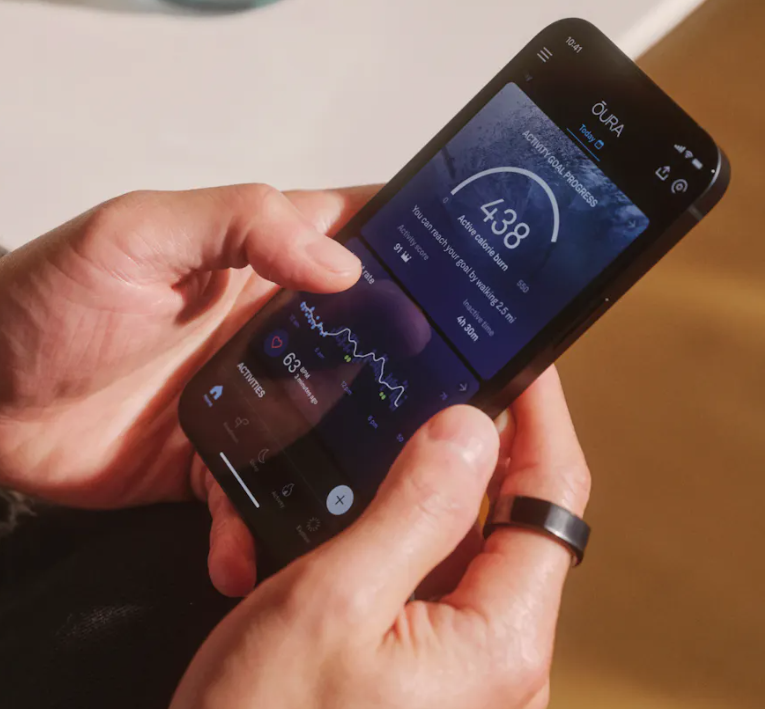


[…] promised, this is the follow-up from the blog I wrote 2 weeks ago on how to encrypt your iPhone/iPad. I know there are lots of you that own Androids so I thought it’s only fair to give you all the […]
[…] For more great iPhone tips, check out these tips from recent posts: Freeing up space on your iPhone and Encrypt your iPhone. […]